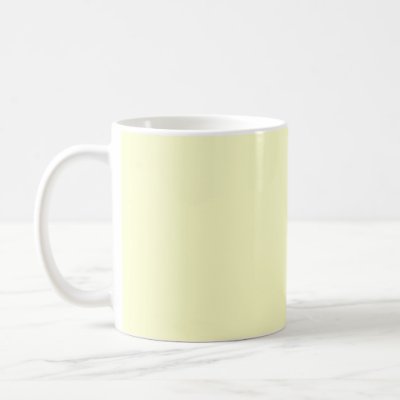Grand Valley State University sponsors a terrific little math conference each year called
Math in Action. I think started by Jan Shroyer back in the whereupon. It has 30ish workshops for K-12 math teachers, mostly very practical.
I'm hosting 6 wonderful preservice teachers presenting geometry games for K-8 teachers, so I'm posting the electronic versions here for people to be able to download. If you were a participant and wanted a Word file to edit instead of a pdf, just email me. The address is available on my workpage, linked on the right.
Anne Harkema:
Rope Charades
Lauren McKee:
Quadrilateral Concentration and the required
Quadrilateral Cards
Emily Trybus:
Area Block (link to a previous post)
Rebecca Sochacki and Brynne O’Connell:
Polygon Capture
Jill Dzierwa:
Triangle Detective (link to a previous post)
As a bonus, here are the two bonus games from the Quadrilateral Concentration sheet. Both are other uses of the Quadrilateral Cards. Not included here is Quadrilateral Euchre, which is Euchre for a partially ordered card set. Verrrry geeky in a midwest sort of way.
Quadrilateral Go Fish
Materials: Deck of Quadrilateral cards. Best with 3-5 players.
Setup: Deal 5 cards to each player. Put the rest face down in the middle, either in a neat stack, or mixed up in a big pond.
Gameplay: Start to the left of the dealer. On a player’s turn they can ask a particular player for a specific property. For example: “Do you have a shape with opposite angles congruent?” You can not ask for a shape by name. (“Do you have a rectangle?”) If the player has a card like that, they have to give it over. If they have more than one, they get to choose which card to give away. If you have a matched pair of the same type, you can play them down.
Winner: First winner is the first player to go out. Second winner is the player with the most pairs.
Variations:
• Instead of asking by properties, ask by name.
• Start with 7 cards.
• Allow players to play cards on other people’s pairs. (If you have a pair of rectangles I can play a rectangle.)
Quadrilateral Guess Who
Materials: Quadrilateral card deck. 2 players.
Setup: Sort the quads by type. Each player puts one quadrilateral of each type face up in front of them, and the others go face down in the middle. Each player draws a card from the middle and keeps it hidden from the other player.
Gameplay: On your turn you can ask one question about the other player’s hidden quadrilateral. That player answers yes or no. Turn face down the quads you have that don’t match.
Winner: first player to guess the other player’s card.
 These Geogebra sketches are meant to serve as an introduction to the four Euclidean motions. (I am a proud supporter of the Glide Reflection.) Probably for middle school and above. If you try them out, I am always interested in feedback. The Motion Intro does not actually use a lot of the dynamic nature, but generated a lot of connections with my preservice teachers. The Motion Control led to a nice discussion of what information is needed for each motion, as well as how to find that information (like the center of rotation) for a given motion. The webpages have the questions that I asked my students.
These Geogebra sketches are meant to serve as an introduction to the four Euclidean motions. (I am a proud supporter of the Glide Reflection.) Probably for middle school and above. If you try them out, I am always interested in feedback. The Motion Intro does not actually use a lot of the dynamic nature, but generated a lot of connections with my preservice teachers. The Motion Control led to a nice discussion of what information is needed for each motion, as well as how to find that information (like the center of rotation) for a given motion. The webpages have the questions that I asked my students.









